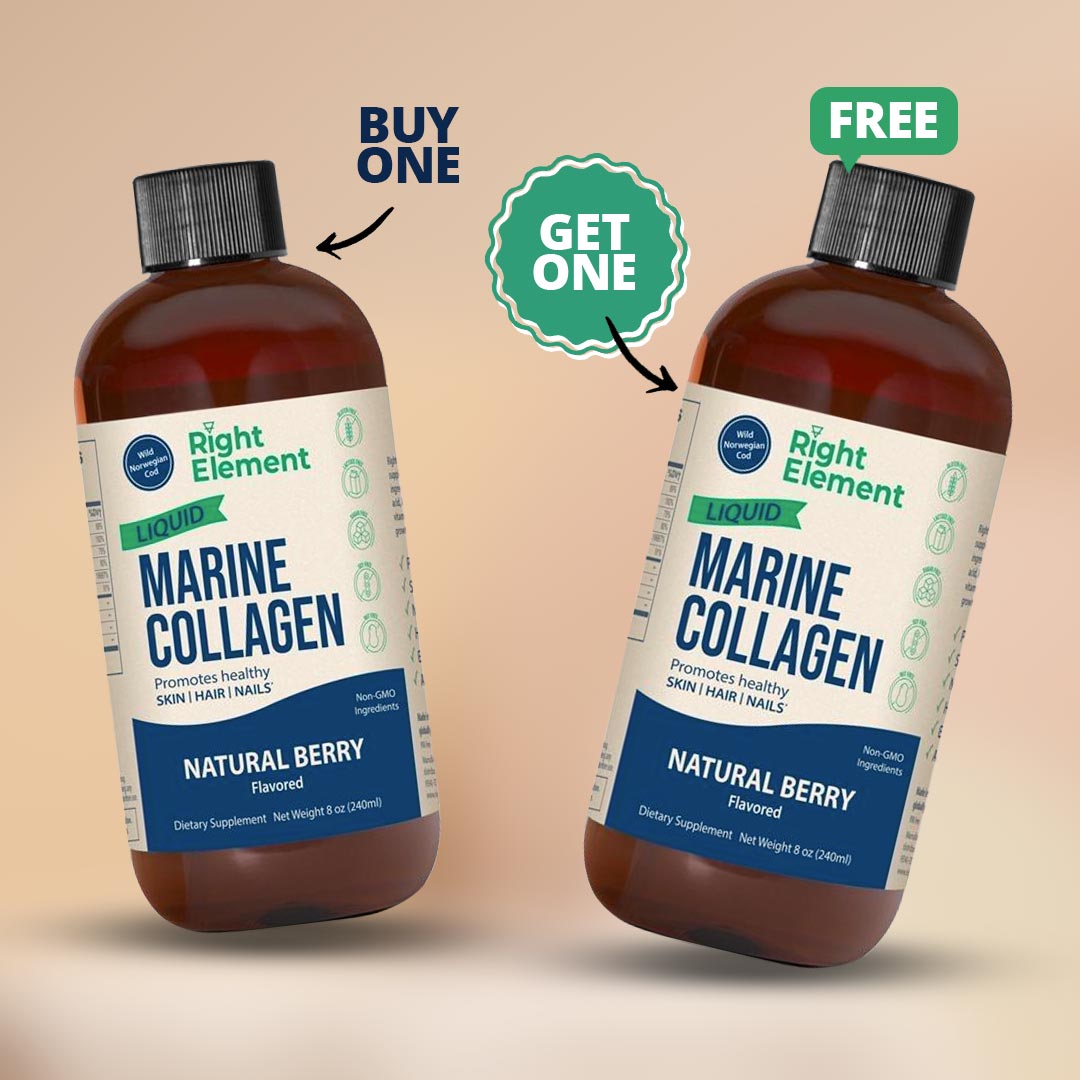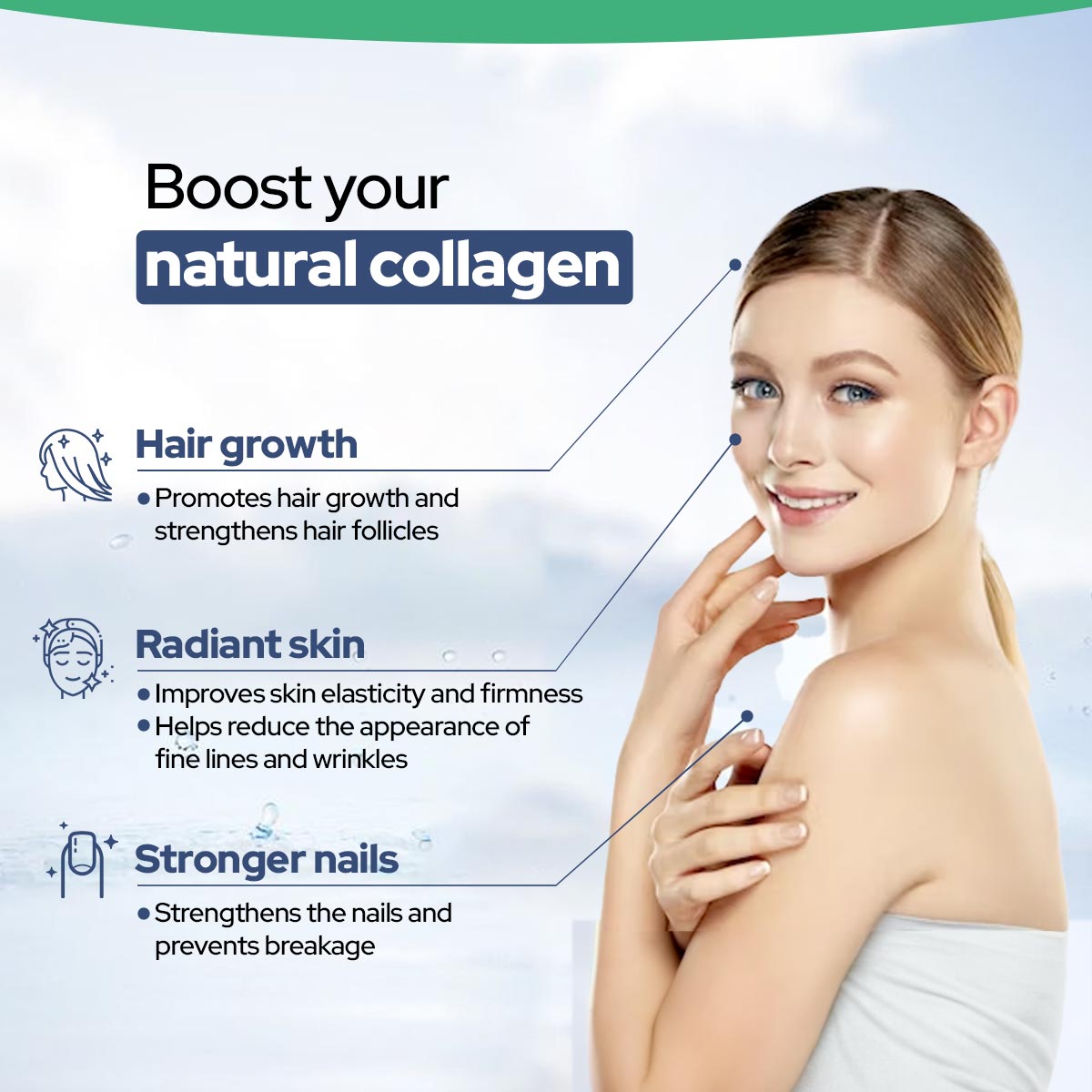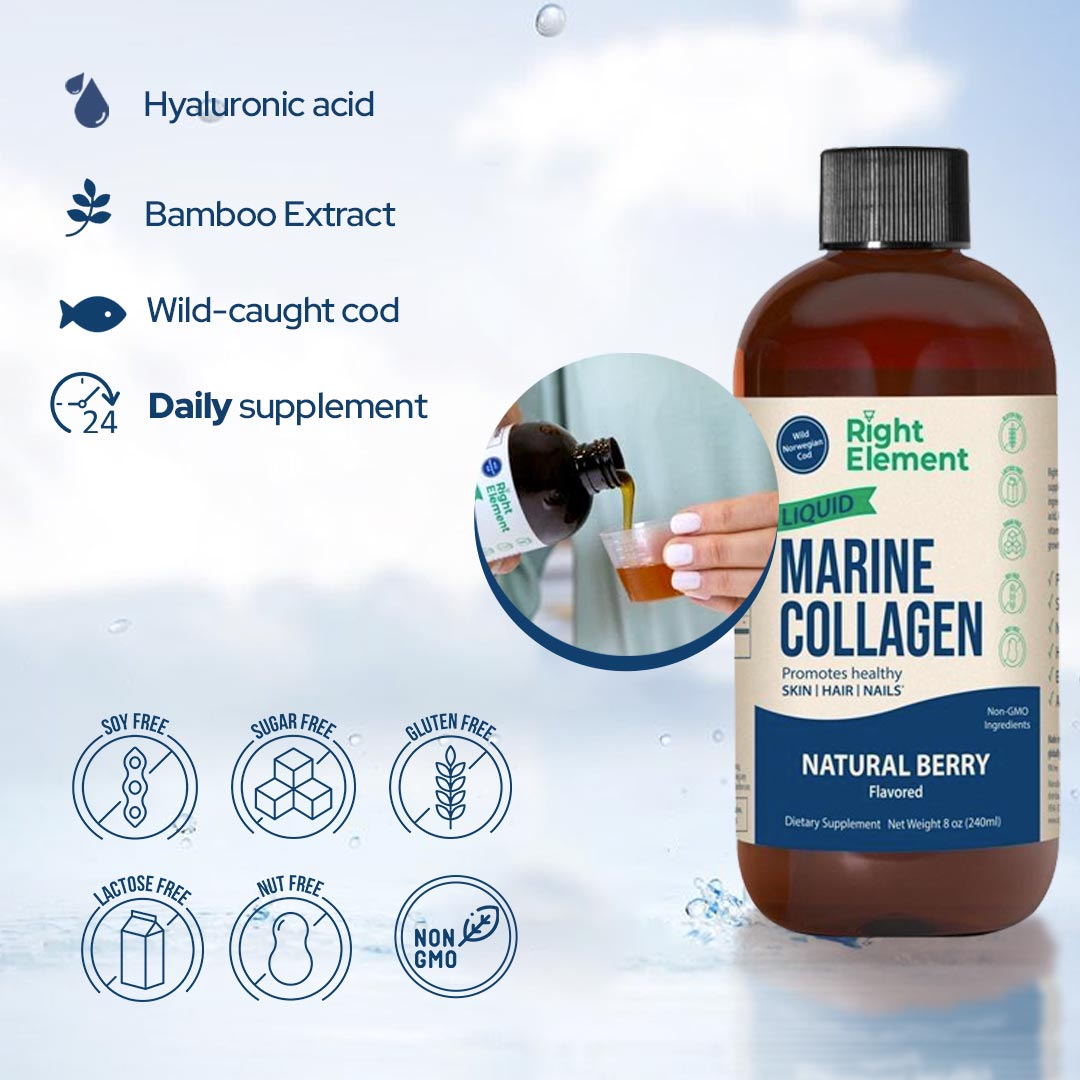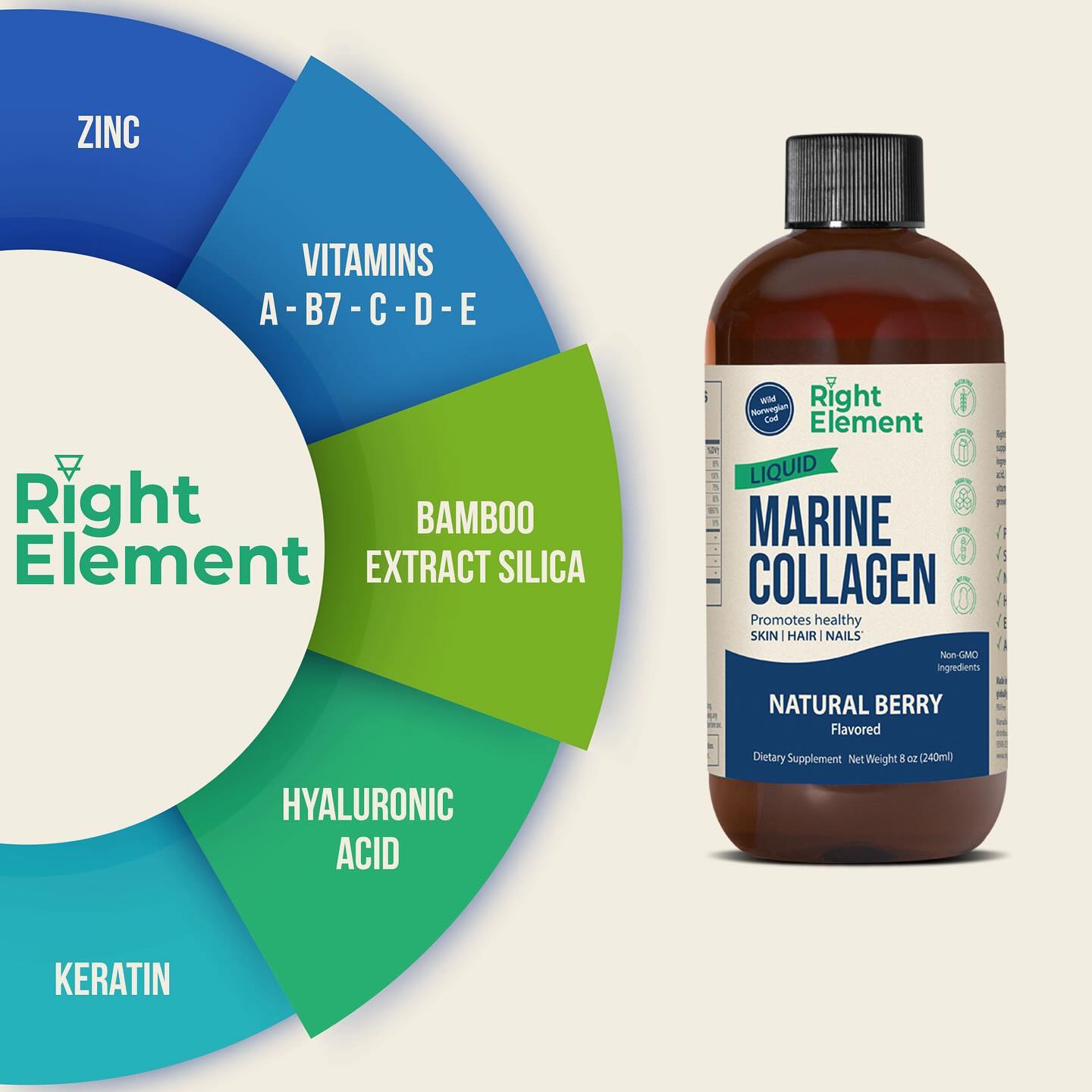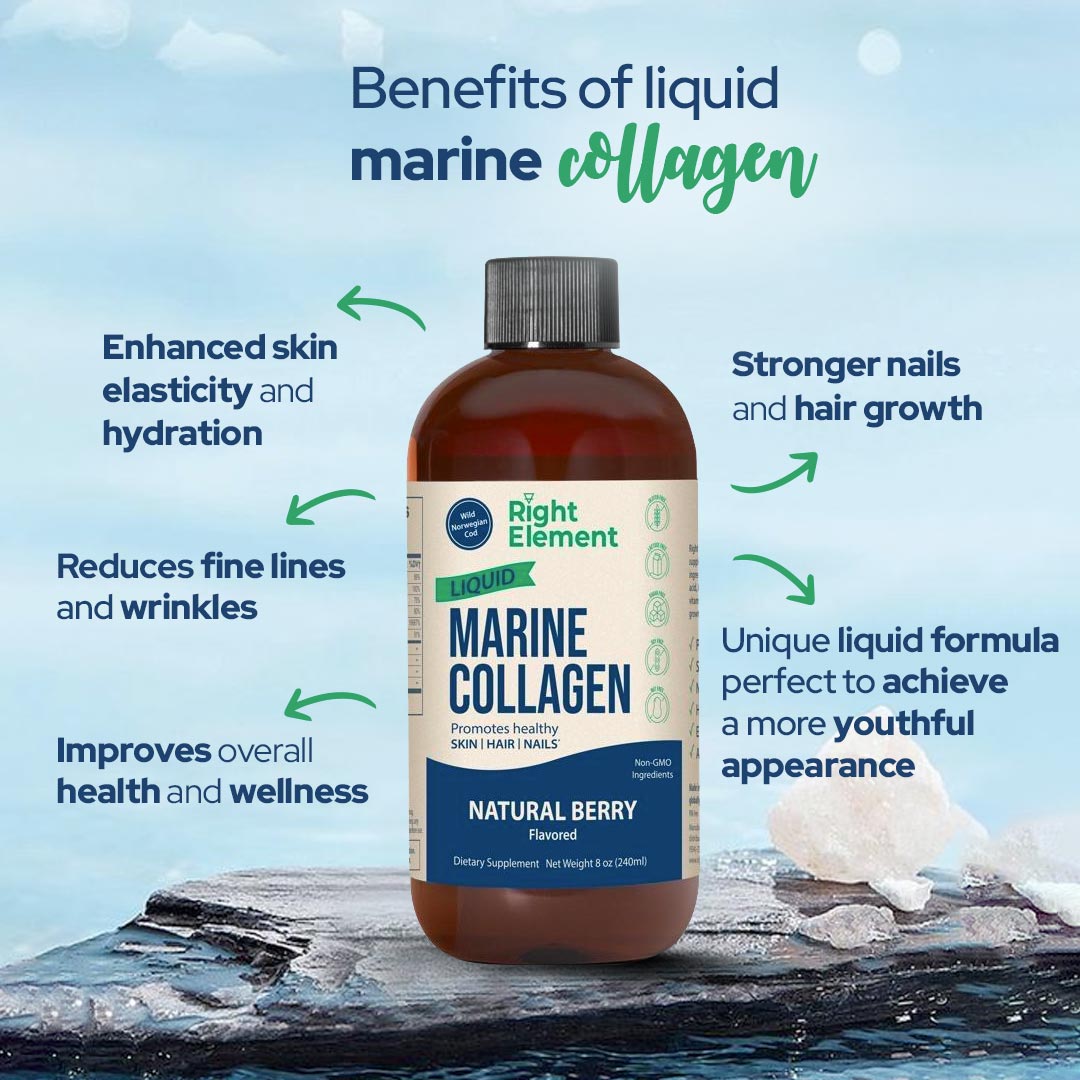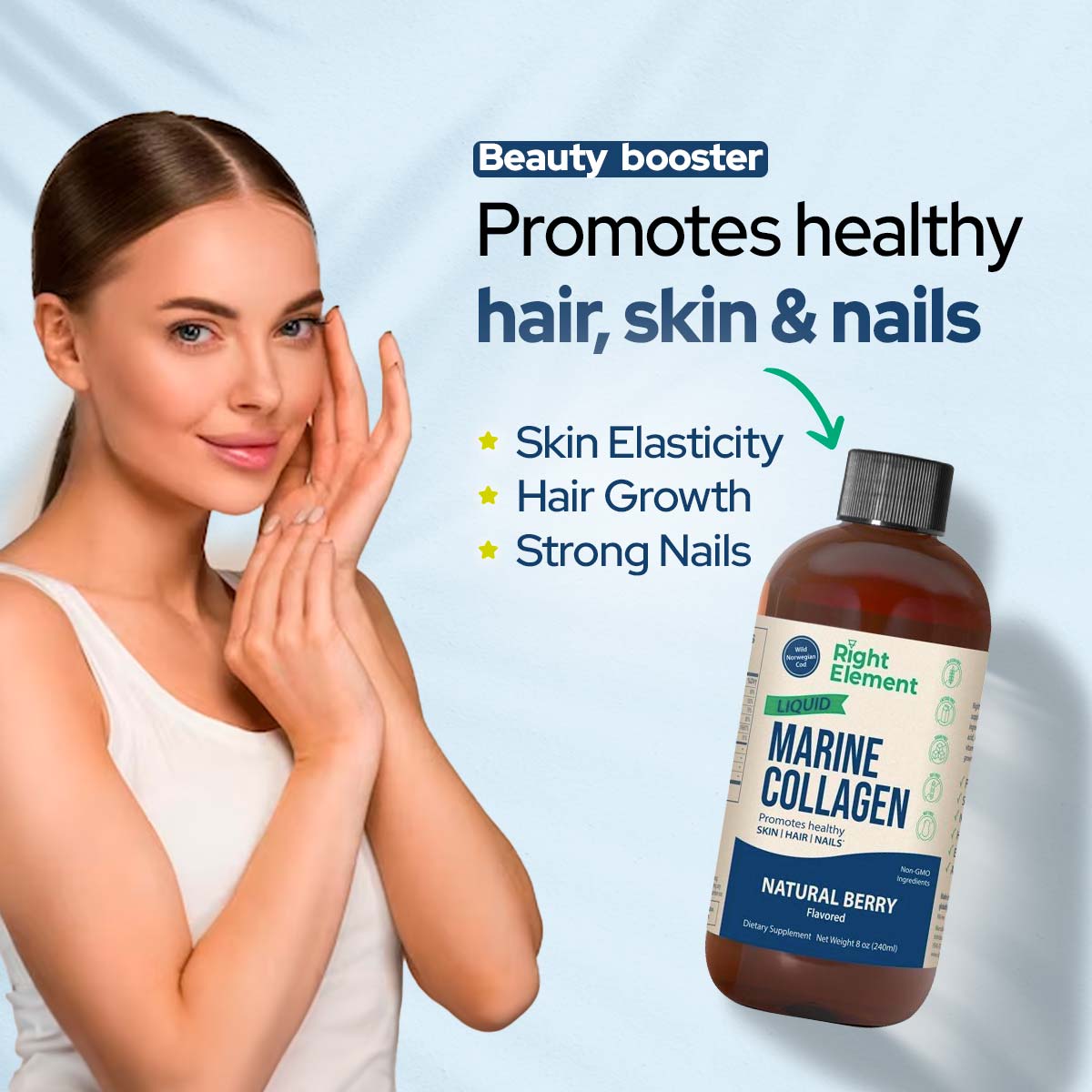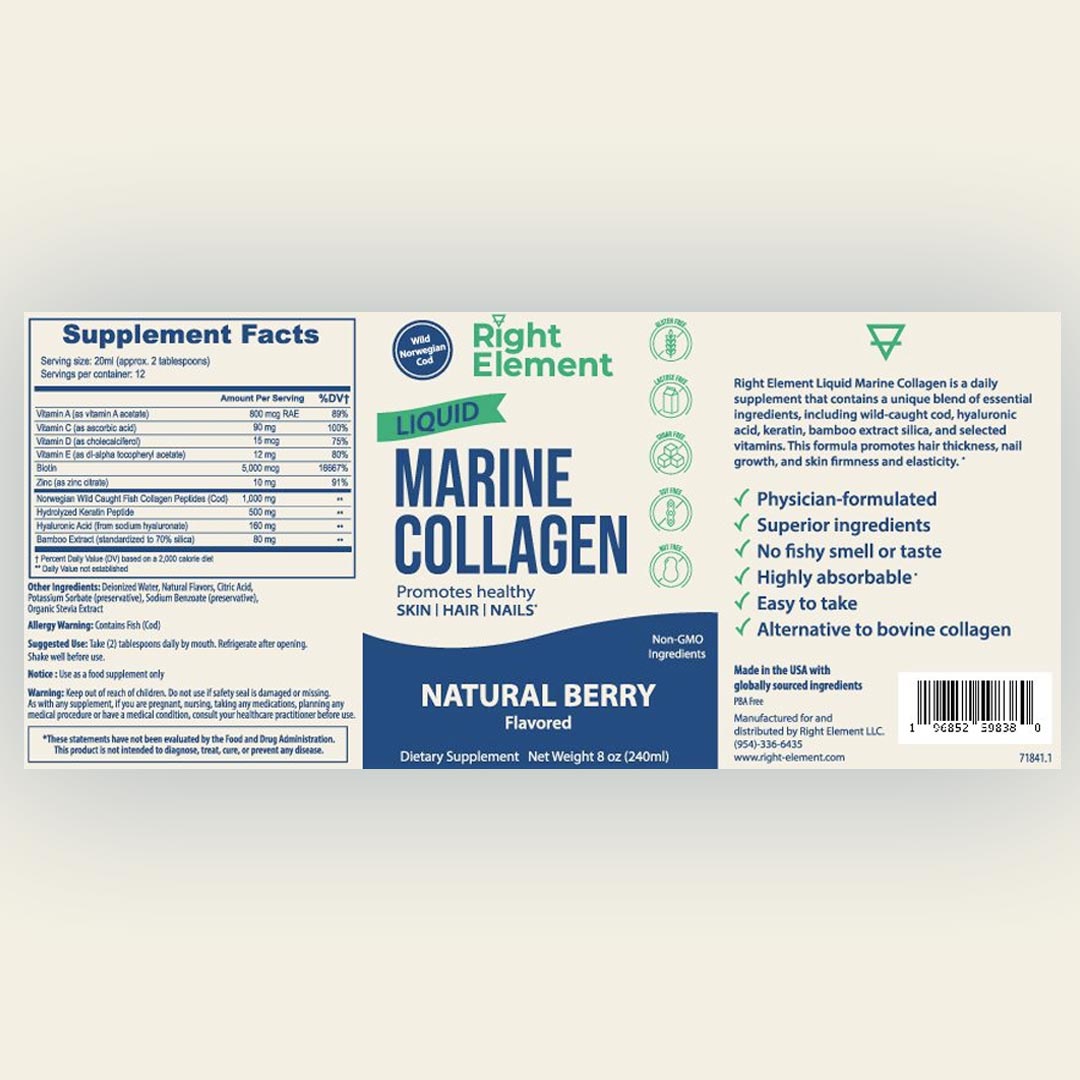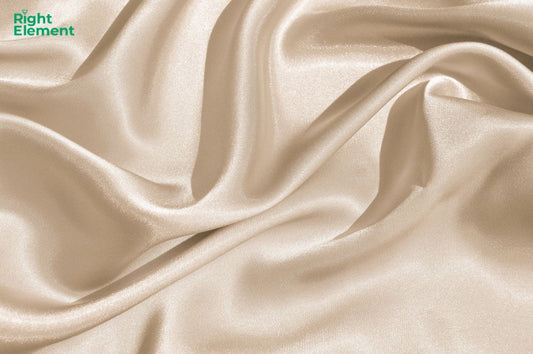Brittle nails, also known as onychoschizia, are nails that are prone to splitting, peeling, and breaking. Several factors can contribute to brittle nails:
Excessive Dryness: One of the main causes of brittle nails is excessive dryness. Lack of moisture can make the nails weak and more susceptible to breakage. Dryness can result from environmental factors, such as low humidity levels, as well as frequent exposure to water, harsh soaps, and chemicals. Dryness can also be associated with certain medical conditions, such as hypothyroidism and eczema.
Nutritional deficiencies: A nutritious diet plays a vital role in supporting nail health. Ensure that you’re getting a variety of vitamins, minerals, and proteins through a well-rounded diet. Include foods rich in biotin (e.g., eggs, nuts, whole grains), vitamin E (e.g., avocados, spinach, almonds), iron (e.g., lean meats, leafy greens, legumes), and zinc (e.g., oysters, pumpkin seeds, lentils). These nutrients can help strengthen the nails from within.
Age and Hormonal Changes: As we age, our nails naturally become more brittle. The production of natural oils and moisture decreases, resulting in drier and weaker nails. Hormonal changes during menopause can also impact nail health, leading to increased brittleness.
Excessive Manipulation and Trauma: Excessive manipulation and trauma to the nails can weaken their structure and make them prone to brittleness. This includes activities such as biting nails, using nails as tools, aggressive filing, and prolonged exposure to water or harsh chemicals without proper protection.
Underlying Medical Conditions: Nail problems can be indicative of underlying health conditions. Changes in the appearance, texture, or growth of the nails can sometimes serve as early warning signs of certain diseases. Here are some underlying diseases that can cause nail problems:
Psoriasis: Psoriasis is a chronic autoimmune disease that affects the skin and nails. Nail psoriasis can cause pitting, ridges, crumbling, and discoloration of the nails. In severe cases, the nails may become thickened and separate from the nail bed.
Fungal Infections: Fungal infections of the nails, known as onychomycosis, can lead to various nail abnormalities. The nails may become thickened, brittle, discolored (yellow, white, or brown), and develop an irregular shape. Fungal infections can occur due to dermatophytes, yeasts, or molds.
Thyroid Disorders: Both hypothyroidism (underactive thyroid) and hyperthyroidism (overactive thyroid) can cause changes in the nails. In hypothyroidism, the nails may become brittle, and dry, and develop ridges. In hyperthyroidism, the nails may become soft, and thin, and exhibit separation from the nail bed.
Iron Deficiency Anemia: Iron deficiency anemia can lead to various nail abnormalities, including brittleness, spoon-shaped nails (koilonychia), and the appearance of ridges or cracks on the nails. Iron is essential for healthy nail growth, and its deficiency can impair the production of healthy keratin.
Raynaud’s Disease: Raynaud’s disease is a condition characterized by reduced blood flow to the fingers and toes in response to cold or stress. In severe cases, it can cause nail changes, including the development of white or blue discoloration (due to reduced blood flow) followed by redness and swelling.
Liver and Kidney Disorders: Liver diseases, such as cirrhosis, and kidney disorders can manifest nail abnormalities. These can include pale or white nails (leukonychia), clubbing (enlargement of the fingertips and nails), and the development of white lines or spots on the nails.
Systemic Lupus Erythematosus (SLE): SLE is a chronic autoimmune disease that can affect multiple organs, including the skin and nails. Nail abnormalities associated with SLE may include brittle nails, pitting, and the presence of tiny red spots or lines (splinter hemorrhages) under the nails.
Medications: It’s important to note that brittle nails can also be a side effect of medications, such as chemotherapy drugs and retinoids. Additionally, genetic factors and hereditary nail disorders can also play a role in nail brittleness.
What you can do to have healthy nails:
Daily Collagen Intake: you can consider incorporating collagen supplements into your daily routine. It’s important to choose high-quality, reputable collagen products and follow the recommended dosage instructions. By incorporating collagen into your nail care routine, you can help promote stronger, healthier nails that are less prone to breakage and damage, ultimately improving their overall appearance and condition.
Collagen, a structural protein found in the body, plays a crucial role in maintaining the health and strength of various tissues, including nails. While collagen is commonly associated with skin and joint health, its benefits extend to nail health as well. Here’s how collagen can improve nail health:
Nail Structure and Strength: Collagen provides structural support to the nails, contributing to their strength and resilience. It helps maintain the integrity of the nail plate, which is the hard, protective outer layer of the nail. By enhancing the structural framework, collagen promotes stronger and less brittle nails.
Nail Moisture and Hydration: Collagen helps retain moisture within the nails, preventing them from becoming dry and brittle. Adequate moisture is essential for maintaining nail flexibility and preventing breakage. Collagen supports the nail’s natural moisture balance, ensuring that they remain hydrated and supple.
Nail Growth and Regeneration: Collagen is involved in the growth and regeneration of various tissues, including nails. It provides the necessary building blocks for nail cell renewal, which is essential for healthy nail growth. By promoting cell turnover, collagen aids in the production of new, healthy nail cells, leading to improved nail growth and overall nail health.
Nail Thickness: Collagen supplementation has been suggested to increase nail thickness. Thicker nails are less prone to breakage and splitting, contributing to better nail health and appearance. By improving nail thickness, collagen can enhance the overall strength and durability of the nails.
Cuticle Health: Collagen supports the health of the cuticles, which are the thin layers of skin surrounding the base of the nails. Healthy cuticles play a vital role in protecting the nails from infections and maintaining their overall well-being. Collagen helps to nourish and strengthen the cuticles, promoting healthier nail growth.
Remember that individual results may vary, and it’s always advisable to consult with a healthcare professional before starting any new supplements.
Maintain a Balanced Diet:
Eating a well-balanced diet that provides essential nutrients is crucial for nail health. Some key nutrients that contribute to strong nails include:
Protein: Nails are made up of a protein called keratin. Consuming an adequate amount of protein-rich foods, such as lean meats, poultry, fish, beans, and nuts, helps provide the necessary building blocks for healthy nail growth.
Biotin: Biotin, a B vitamin, is essential for nail strength and thickness. Studies have shown that biotin supplementation can improve brittle nails. Good food sources of biotin include eggs, almonds, sweet potatoes, and spinach.
Iron: Iron deficiency can lead to brittle nails. Including iron-rich foods in your diet, such as lean meats, seafood, dark leafy greens, and legumes, can help support healthy nail growth.
Zinc: Zinc is involved in the production of keratin, the main structural component of nails. Consuming foods rich in zinc, such as oysters, beef, pumpkin seeds, and legumes, can promote strong nails.
Protect Your Nails:
Protecting your nails from excessive moisture and trauma can help prevent damage and promote strength. Here are some tips:
1- Wear gloves when doing household chores that involve exposure to water, detergents, or harsh chemicals. Prolonged exposure to these substances can weaken nails.
2- Avoid using your nails as tools for opening or prying objects, as this can cause them to chip or break.
3- Limit the use of nail polish removers containing acetone, as they can dry out the nails. Opt for acetone-free formulas or use them sparingly.
Keep Your Nails Hydrated:
Hydrated nails are less prone to breakage and splitting. Here’s how to maintain nail hydration:
1- Regularly moisturize your nails and cuticles with a nourishing oil or cream. Jojoba oil, vitamin E oil, and shea butter are excellent options.
2- Avoid excessively drying your nails by using harsh soaps or sanitizers. Opt for gentle cleansers and moisturize afterward.
Practice Good Nail Care:
Adopting proper nail care habits can contribute to their strength and overall health:
1- Keep your nails trimmed and filed to prevent them from snagging or breaking. Use a gentle file and avoid aggressive filing.
2- Avoid excessive buffing of the nail surface, as it can weaken the nails over time.
3- Do not bite your nails or pick at the cuticles, as this can damage the nails and increase the risk of infections.
4- Use a protective base coat when applying nail polish to shield the nails from potential damage.
5- Using non-toxic nail polish can be a healthier choice for maintaining the overall health of your nails. Traditional nail polishes often contain chemicals such as formaldehyde, toluene, and dibutyl phthalate (DBP), which are known to be potentially harmful. Opting for non-toxic alternatives can help minimize exposure to these chemicals. Here are some benefits of using non-toxic nail polish for healthy nails:
Avoiding Harsh Chemicals: Non-toxic nail polishes are formulated without toxic chemicals commonly found in traditional polishes. Formaldehyde, for example, is a known human carcinogen, while toluene and DBP have been associated with adverse health effects. By choosing non-toxic polishes, you can reduce the risk of exposing your nails and surrounding skin to these harmful chemicals.
Minimizing Nail Damage: Traditional nail polishes can be harsh on the nails, leading to dryness, brittleness, and weakening of the nail structure. Non-toxic nail polishes are often free from ingredients that can strip the natural oils from your nails, helping to maintain their strength and flexibility.
Allergen-Friendly: Some people may develop allergic reactions or sensitivities to the chemicals found in traditional nail polishes. Non-toxic alternatives are typically formulated to be hypoallergenic, reducing the likelihood of adverse skin reactions and irritation.
Breathable Formulas: Non-toxic nail polishes often have breathable formulas that allow air and moisture to penetrate the nails. This can help prevent the nails from becoming dehydrated, as adequate moisture is crucial for nail health and flexibility.
Environmentally Conscious: Non-toxic nail polishes are often produced with a focus on environmentally friendly practices. They may be free from harsh solvents and use safer, eco-friendly ingredients. Additionally, non-toxic polishes are often packaged in eco-friendly materials, contributing to a more sustainable approach to nail care.
When choosing non-toxic nail polishes, look for labels such as “3-free,” “5-free,” or “10-free,” indicating that the product is free from a certain number of harmful chemicals. However, it’s important to note that not all non-toxic polishes are created equal, so it’s still a good idea to review the ingredient list and check for any specific sensitivities you may have.
Protect Against UV Radiation: Prolonged exposure to UV radiation can weaken the nails. If you’re spending a lot of time outdoors, apply broad-spectrum sunscreen to your hands and nails to protect them from UV damage.
Massage Your Nails: Massaging your nails and cuticles stimulates blood circulation, which promotes nail growth and strengthens the nail bed. You can use natural oils like coconut oil, olive oil, or vitamin E oil for the massage.
It’s important to note that while these conditions can cause nail problems, other factors such as trauma, fungal infections, and nutritional deficiencies can also contribute to nail abnormalities. If you notice persistent changes in your nails, it’s advisable to consult with a healthcare professional or dermatologist for proper evaluation, diagnosis, and management of any underlying conditions.
Conclusion
Taking care of your nails involves a combination of internal and external approaches. By incorporating collagen supplements, maintaining a balanced diet, protecting your nails from damage, and following proper nail care practices, you can support the health and strength of your nails.
Remember, everyone’s nails are unique, and it may take time to see noticeable improvements. If you have persistent concerns about your nail health or any underlying conditions, it’s always best to consult with a healthcare professional for a comprehensive evaluation and personalized advice.
By giving your nails the attention and care they deserve, you can enjoy healthier, stronger nails that enhance your overall well-being and confidence.
References:
Cashman MW. Diet and nail disease. Clin Dermatol. 2010;28(4):420-425.
Hochman LG, et al. Brittle nails: response to daily biotin supplementation. Cutis. 1993;51(4):303-305.
Lin TK, et al. Anti-inflammatory and skin barrier repair effects of topical application of some plant oils. Int J Mol Sci. 2017;19(1):70.
Piccardi N, et al. Nail cosmetics. J Cosmet Dermatol. 2017;16(4):454-461.











